Students at Laurel School in Shaker Heights, Ohio, are exploring real-world engineering solutions from the outside-in. According to Lisa Damour, Ph.D., Consulting Psychologist and Director of Laurel School’s Center for Research on Girls, female students are looking beyond traditional barriers to find meaning in the human applications of STEM projects. The “outside” motivation of finding real-world solutions inspires students to explore the fundamentals of engineering, while the collaborative hands-on approach generates their sustained enthusiasm.
In 2008 and 2009, students in Laurel’s Upper School engineering course found this inspiration by planning a chicken coop and playground for an orphanage in Tanzania. This required the girls to participate in all aspects of the project — presenting the cost proposal, planning for the currency exchange and resource availability in Tanzania, simulating several iterations of the structures using computer software, constructing full-scale models, and preparing step-by-step instructions for the visiting student group to follow as they acquired the materials and built the structures at the orphanage. These problem-solving skills — including civil and systems engineering, prototyping, and even technical communication — have given the students a solid foundation on which to draw in their higher education courses and other endeavors after Laurel.
Through the nationally-acclaimed Laurel School Engineering Program, overseen by engineer and STEM Liaison Licia Kovach, students continue to apply the engineering design process to capstone projects that have meaningful, real-world applications. The projects most recently have focused on alternative energy, power grid infrastructure, and environmental sustainability.
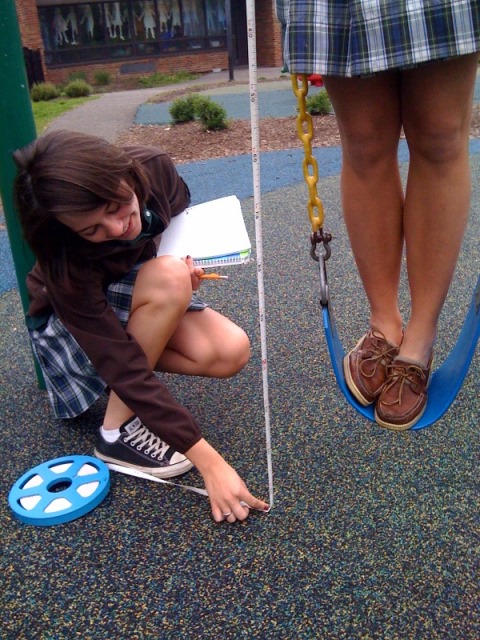
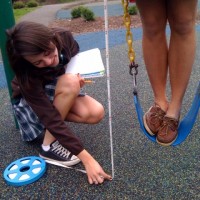
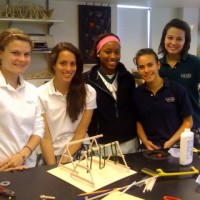
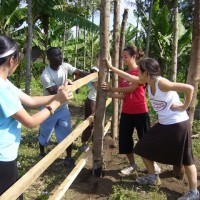

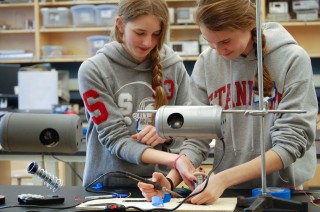
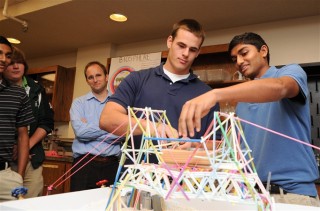
Our Introduction to Engineering class built cold frames for our school’s garden. It too involved understanding the need, investigating alternative designs, creating a materials list, construction, and installation. The students reported a great sense of pride in their work!